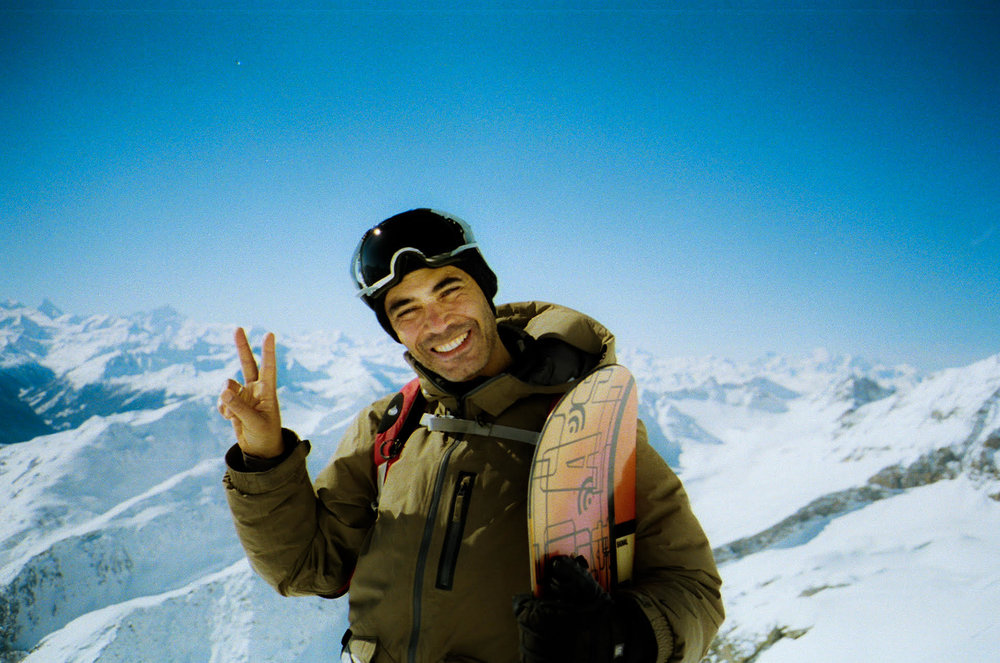Featured Illustration: Anshika Khullar
Am I the exception to the rule or am I just looking in the wrong places? Is it conceivable that black people just don’t like the outdoors or is it possible that the UK is simply not interested in seeing people of colour outside of cities? As a black man born and raised in England I’d suggest that the answer, if somewhat complicated, is probably a bit of yes to all of the above.
England has come a long way in its approach to multiculturalism and race relations since I was a child. We now have black and brown representatives in England’s football, cricket and rugby teams and that’s before we get into the Olympic track and field athletes and F1 drivers who operate at the very top of their game while flying the flag for GB.
“Why, given the inroads that people who look like me have made throughout British culture, is the outdoors so white?”
Brown doctors, black lawyers, city brokers, actors, judges, ballet dancers, police, journalists, politicians, poets, opera singers and artists; people of colour are represented, to some extent, at all levels of society and professions. However, put that same man or woman on a pair of skis or a mountain bike, on the face of a crag, or on a surfboard paddling out for dawn patrol and it’s a head turner. Why, given the inroads that people who look like me have made throughout British culture, is the outdoors so white?
As a black male, I like fried chicken and grime. I grew up on an inner-city estate, where I narrowly escaped a life of gang culture, and am a good dancer. Sportwise, I’m naturally gifted at basketball and was generally the first picked for the football team – not least because I was so good at the 100m.
Now, not all of this is true of course. I used to be pretty quick at 100m and, in my head at least, can rock a dancefloor like the best of them. That’s about it though. I’ve never been involved in knife crime, and wear clothes other than black hoodies. Oh, and that limp I walk with? That’s from a snowboard accident I had 20-odd years ago.

Of course middle aged white men from the home counties aren’t all bigoted misogynists who voted leave, Essex girls don’t all give it out on a first date, and not everyone who goes skiing sits on a trust fund and has a double-barrelled surname – I can’t be sure on that last one, to be fair, but you get the idea. This, though, is how stereotypes and racism works. Find the easiest target, and paint the whole community with the brush.
“Oh, and that limp I walk with? That’s from a snowboard accident I had 20-odd years ago”
So, let’s get this straight from the get go. Black people aren’t one ethnicity. It’s just a colour formed by the pigmentation in the skin to protect against the sun’s harmful UV. We are as different, within our colour, as someone from Hampshire is to a native of St Petersburg. We have different cultural beliefs, social structures, religious beliefs and ambitions.
Personally, I’ve been a fan of the outdoors for as long as I can remember. From the days I was belly boarding in the white water shore break of South Wales, through to skating full pipes in the Australian outback, on to riding waist deep Japanese powder and swimming in the line-up of Teahupoo (now that’s a good story); the journey has been wild and I’d like to think I’m nowhere near finished yet, but why do I feel so alone in my love of this stuff? What’s stopping us, a group of people united by a higher percentage of melanin in the skin, getting out there and why does it seem that no one is doing anything about it?









